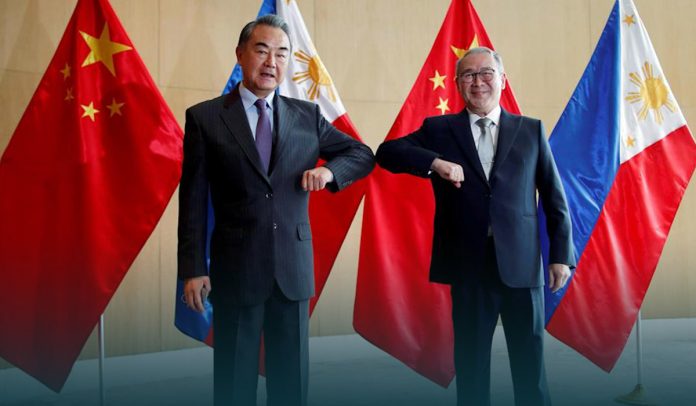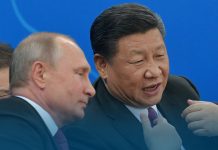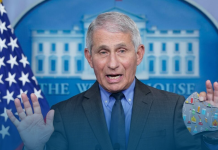Wang Wenbin, Chinese Foreign Ministry Spokesman in a Tuesday (May 4) statement urged the Philippines for ‘basic manners’ and warned against ‘megaphone diplomacy’ after Teodoro Locsin Jr., Philippine Foreign Affairs Secretary, lashed out at Beijing in a blunt tweet.
On Monday, Locsin said on his personal Twitter account: ‘China, my friend, how politely can I put it? Let me see… O… GET THE F**K OUT.’
LOOK: The Chinese Foreign Ministry responds to Foreign Affairs Secretary Teddyboy Locsin Jr. strong remarks against China.
Chinese Foreign Ministry Spokesperon Wang Wenbin insists Huangyan Island (Scarborough Shoal) is China’s territory @cnnphilippines pic.twitter.com/gT9O7LifID
— Tristan Nodalo (@TristanNodalo) May 4, 2021
Locsin told China to ‘get the f— out’ as the two nations engaged in a war of words over the South China Sea (a marginal sea of the Western Pacific Ocean). The Secretary has been a vocal Beijing critic in President Rodrigo Duterte’s administration and is known for his occasional blunt notes.
The remarks by Teodoro Locsin follow Manila’s protests for what it calls the illegal presence of hundreds of Chinese boats inside the Republic of the Philippines’ 200-mile Exclusive Economic Zone.
In some tweets over the subsequent days, Locsin made an apology to Chinese State Councilor and Wang Yi, Foreign Minister, and stated he was ‘provoked by the latest grossest territorial violation.’ Meanwhile, Harry Roque, Duterte’s spokesman, said the Philippines President had reminded authorities that profanity has no place in diplomacy.
In a Tuesday statement, Wang Wenbin responded to Locsin’s outburst, saying that facts have proven frequently that ‘megaphone diplomacy’ could only undermine joint trust rather than change reality. However, Beijing also has a track record of firing insults at other nations.
South China Sea dispute
Such aggressive plans by Chinese diplomats have in past years increasingly played out on social networking sites such as Twitter, which is blocked on the mainland. Observers dubbed those tactics ‘wolf warrior diplomacy,’ taking after a series of hugely popular movies where Chinese fighters defeat adversaries worldwide.
For several years, the Philippines and China have contested overlapping territorial claims in the South China Sea, a resource-rich waterway with about 1.4M square miles area where the global trade worth trillions in dollars, pass.
In 2020, Beijing appeared more assertive in the disputed waters, leading Manila to protest on several occasions the presence of Chinese vessels in sea parts that are internationally recognized as belonging to the Republic of the Philippines.
On Tuesday, Beijing reiterated that Scarborough Shoal, also known as Bajo de Masinloc, which it calls Huangyan Island, and its surrounding waters fall under China’s jurisdiction.

Source: Web
Bajo de Masinloc is a chain of reefs in the South China Sea that lies around 470 nautical miles (541 miles) from the nearest coast of China and 120 nautical miles (138 miles) from the nearest Philippine coast.
Beijing claims the maximum of the South China Sea, based on what it says, are nine dashes that draw Chinese territory in historical maps. An international tribunal in 2016 dismissed the nine-dash line as legally unfounded, a ruling ignored by China.
As of April 26, Foreign Ministry data shows that the Philippines had filed 78 diplomatic protests to Beijing since President Rodrigo Duterte took office in 2016.
Read Also: U.S. Air Force initiates spy drones over the South China Sea








